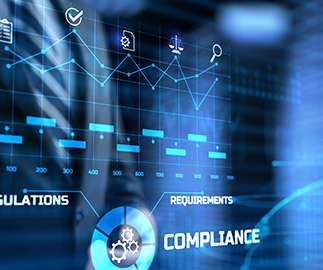5 Steps To Developing A Corporate Compliance Program
Reciprocity
DECEMBER 19, 2022
Monitoring often incorporates audit requirements (either external or internal) as part of the regulatory or industry standard. Set up a mechanism for monitoring and auditing. You must assess the efficacy of your company’s compliance program and identify potential hazards. Elements of a Strong Compliance Program.













Let's personalize your content